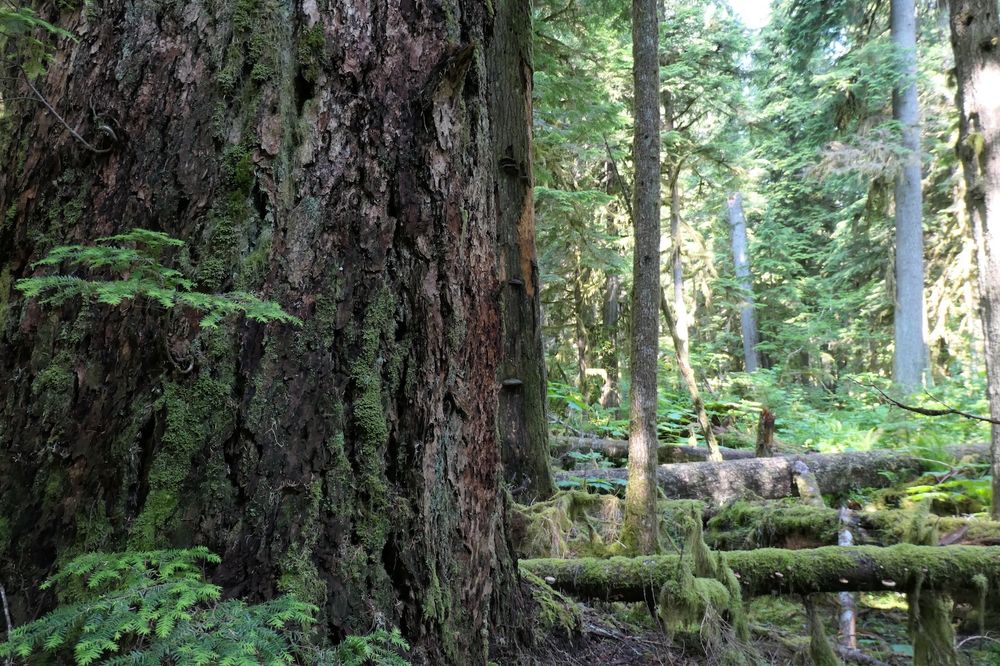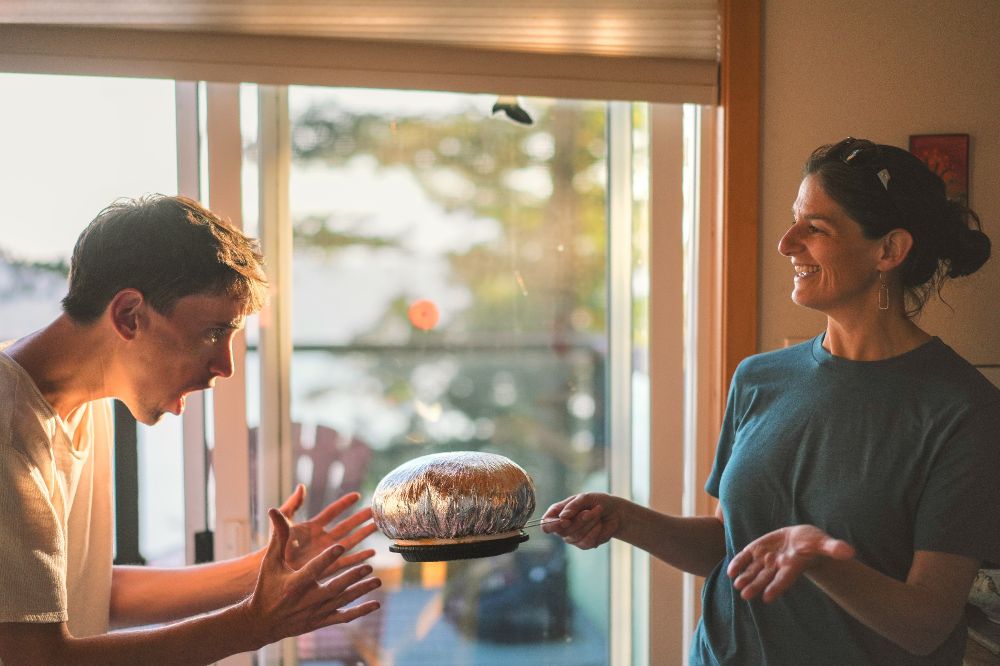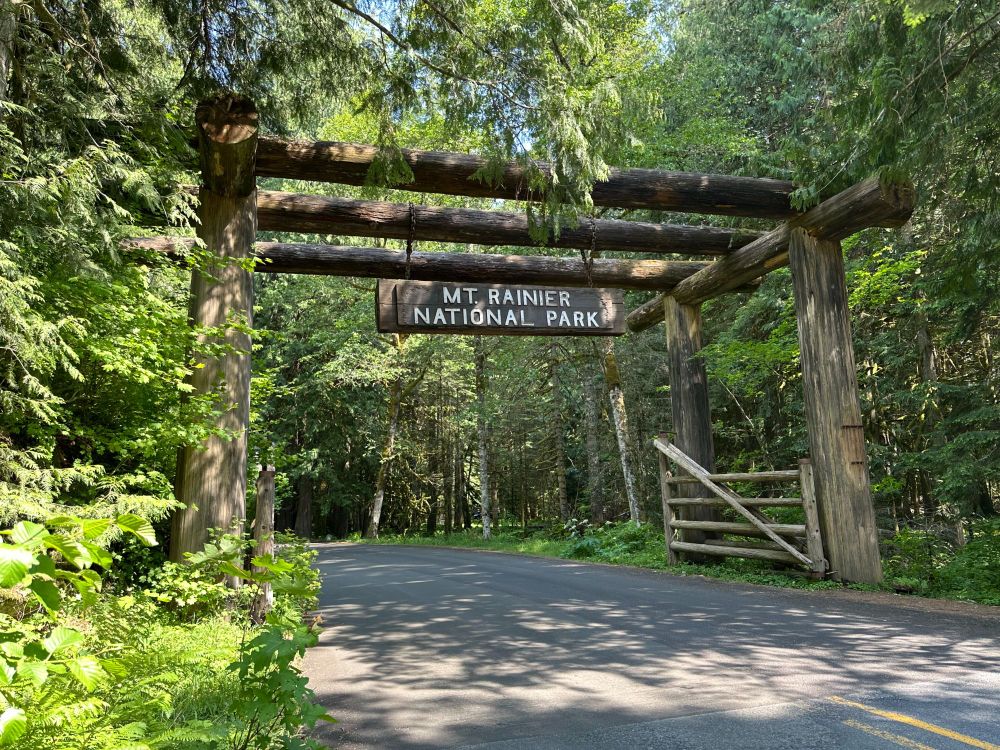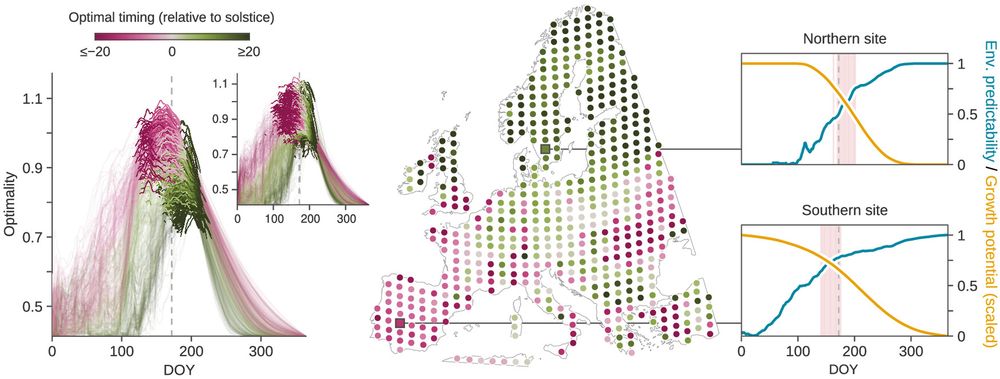Victor Van der Meersch
@vvandermeersch.bsky.social
1.1K followers
570 following
32 posts
Freshly minted PhD in forest ecology and modeling (CEFE, CNRS, Montpellier)
Postdoc in Lizzie Wolkovich lab at UBC (Vancouver)
#globalchangecology #forest #modeling #phenology
Posts
Media
Videos
Starter Packs
Reposted by Victor Van der Meersch
Reposted by Victor Van der Meersch
Reposted by Victor Van der Meersch
Reposted by Victor Van der Meersch









